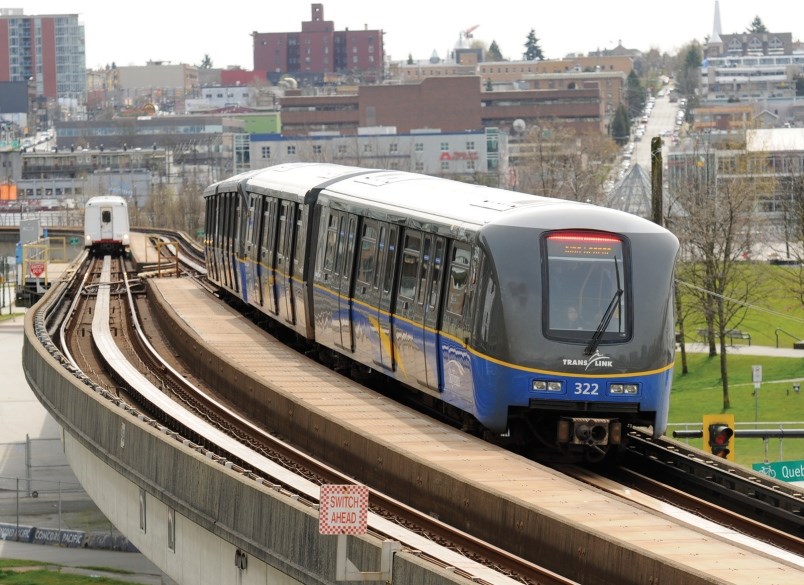Control operators who spend 12-hour shifts in a darkened Burnaby control centre ready to take over automated, driverless SkyTrains when things go south are a unique breed – but that may have worked against them in a recent labour dispute with TransLink.
CUPE Local 7000, the union that represents control operators, took TransLink to the province’s Labour Relations Board for reneging on a promise to review the control operators’ pay rate before the end of a contract that expired in 2019.
In a second grievance, the union also sought to have the control operator position evaluated.
The union and TransLink eventually agreed to appoint an arbitrator, John Kinzie.
One of the issues they wanted to him to settle was whether the control operators’ wage rate was on or off market compared to workers doing similar work at other organizations.
Based on reports by their respective experts, the union argued the rate should be adjusted based on “significant changes” to SkyTrain since 2000 and comparisons to similar positions elsewhere, while TransLink argued the job had not “substantially changed” and the control operator job wasn’t comparable to the other positions the union had used as examples.
In a recent ruling, Kinzie sided with TransLink.
He concluded the control operators’ core duties or basic job functions hadn’t changed in a “substantial or qualitative way” since 2000.
He further concluded the control operator position was “a very unique position within a very unique light rapid transit system.”
“The SkyTrain system is automated, which is not unique, but it is also driverless, and instead is operated remotely, which is,” Kinzie wrote. “It is the control operators that have the responsibility for operating SkyTrain’s trains remotely from the control room where they work. Thus, the duties and responsibilities of the control operator position are directly tied to the uniqueness of the SkyTrain system itself.”
Kinzie said he wasn’t convinced there was any justification for adjusting the control operators’ current wage rage and dismissed the union’s claims.
His ruling gives a detailed looked at the evolution of SkyTrain and the work lives of the control operators, who work 12-hour shifts based on a three days on/three days off/three nights on/three nights off schedule at a space-age sounding control centre located near the Edmonds station.
“The Control Operators work in a control room with eight workstations,” states the ruling. “Each workstation has five to eight monitors and multiple keyboards and mice. Most stations have phones and radios to communicate with different stakeholders as needed. At one side of the room is a wall of with 25 large monitors, displaying live cameras of platforms and updates of trains throughout the system. The room is surrounded by natural light, with the blinds pulled down to prevent glare. The overhead lights are often left off, with only small track lights on, and personal desk lamps as needed.”
Follow Cornelia Naylor on Twitter @CorNaylor
Email [email protected]



